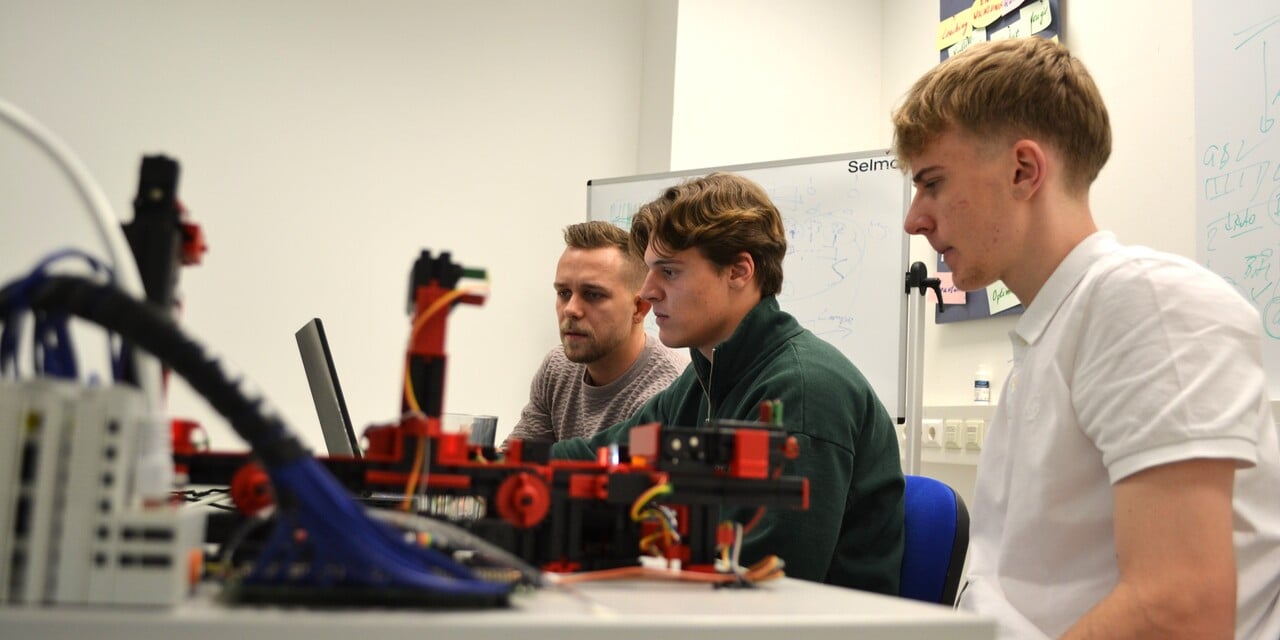From black box code to Machinery Regulation 2027 compliance
The world of machine control is on the brink of change. The Machinery Regulation 2027 makes it clear: it is no longer sufficient for machines to...
.png)
In our digital world, there are new opportunities to develop software that save time and effort. Two terms that often come up are low-code and no-code. But what do they actually mean? In this blog post, we will explain the difference between low-code and no-code in simple terms, even if you don't have technical knowledge.
Low-code development refers to an approach where developers work with a visual drag-and-drop-based interface to create applications. With low-code, complex applications can be developed quickly by leveraging pre-built components and functions instead of programming everything from scratch. This allows users to create applications with minimal programming effort.

No-code development takes it a step further by enabling individuals without programming knowledge to create software using intuitive graphical interfaces and pre-designed templates. With no-code platforms, applications can be developed without writing a single line of code and quickly assembled and customized. They provide a user-friendly interface and tools for rapidly building and adapting applications.
The main difference between low-code and no-code lies in the target group, who works with those platforms. While low-code platforms primarily target professional developers, no-code platforms allow non-technical individuals to create applications. Low-code provides more flexibility and requires basic programming knowledge, while no-code is ideal for individuals without a technical background.
Sequence Logic Modeling (Selmo) allows users to create programs for machines using both a low-code and a no-code approach, depending on the complexity of the machine to be programmed.
For simple machines, users can utilize the logical functions available in Selmo Studio to create code-free programs by simply selecting and combining pre-built components. For more complex machines, users may need to use drivers with specialized functions in addition to the logical functions to program the machine. These specialized drivers may require manual coding, thus making it a low-code approach.
In summary, Selmo offers a flexible approach to software development that adapts to the complexity of the target machine and the programming skills of the user.

_abgerundet.jpg)
The world of machine control is on the brink of change. The Machinery Regulation 2027 makes it clear: it is no longer sufficient for machines to...

The persistent Challenge for companies Manufacturing companies significantly contribute to the competitiveness of a country. However, they are...

Two dedicated students from HTL Wolfsberg thoroughly tested the Selmo Solution as part of their diploma thesis. This article provides exciting...